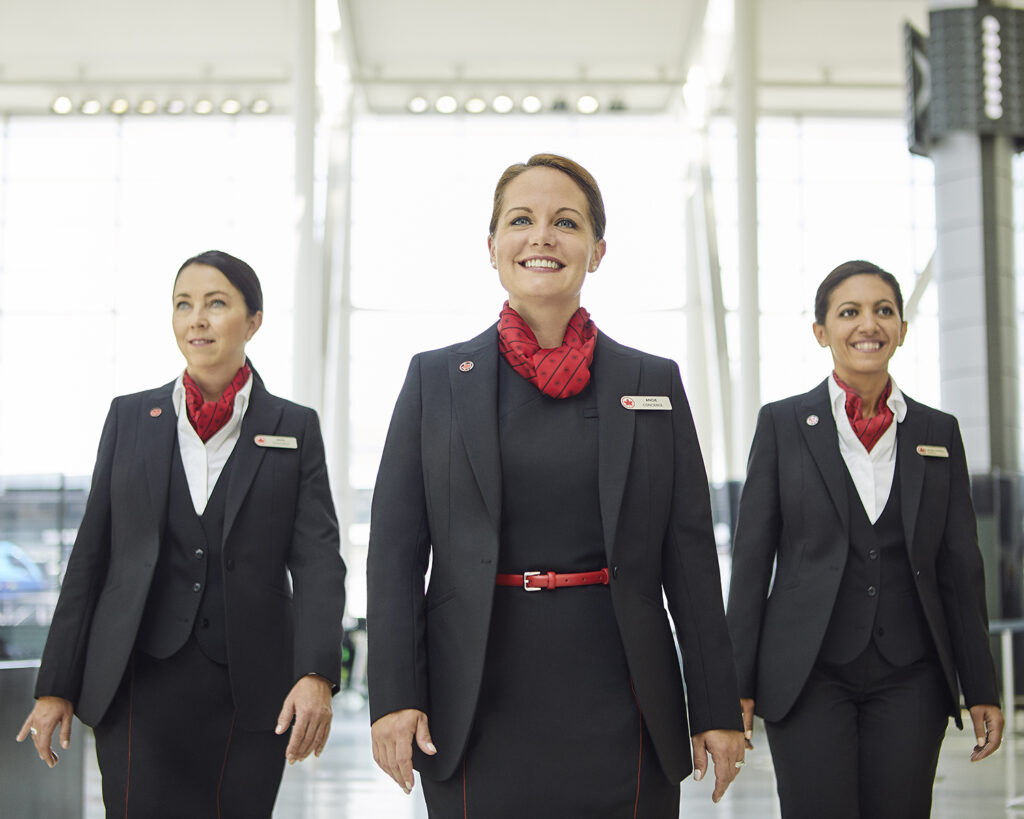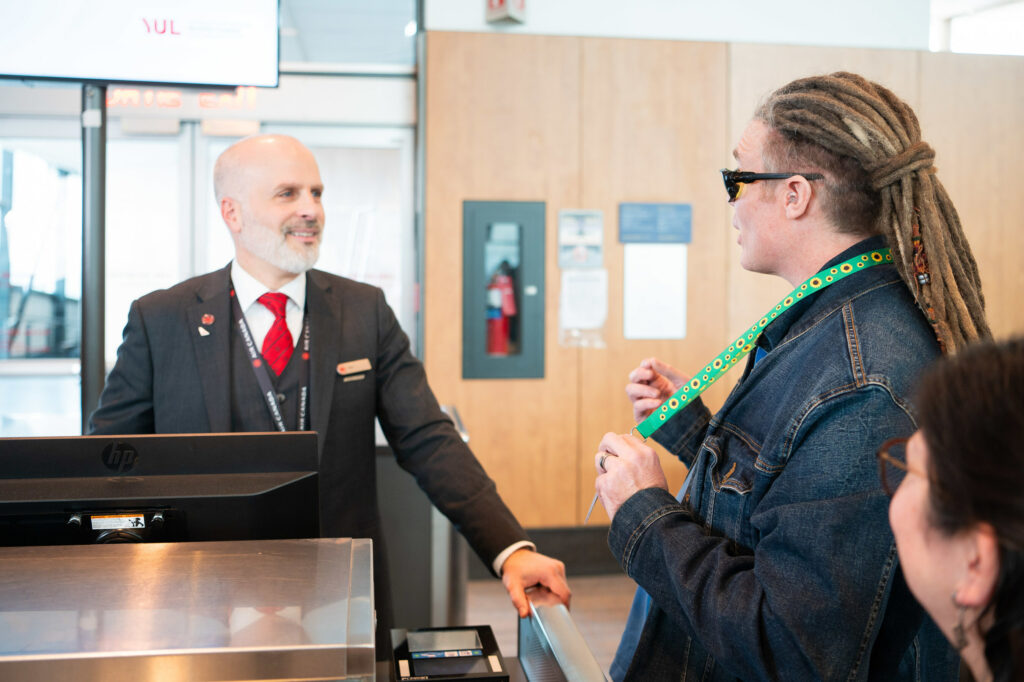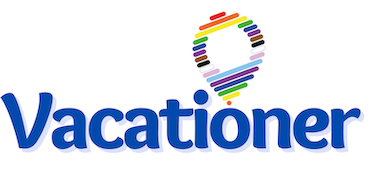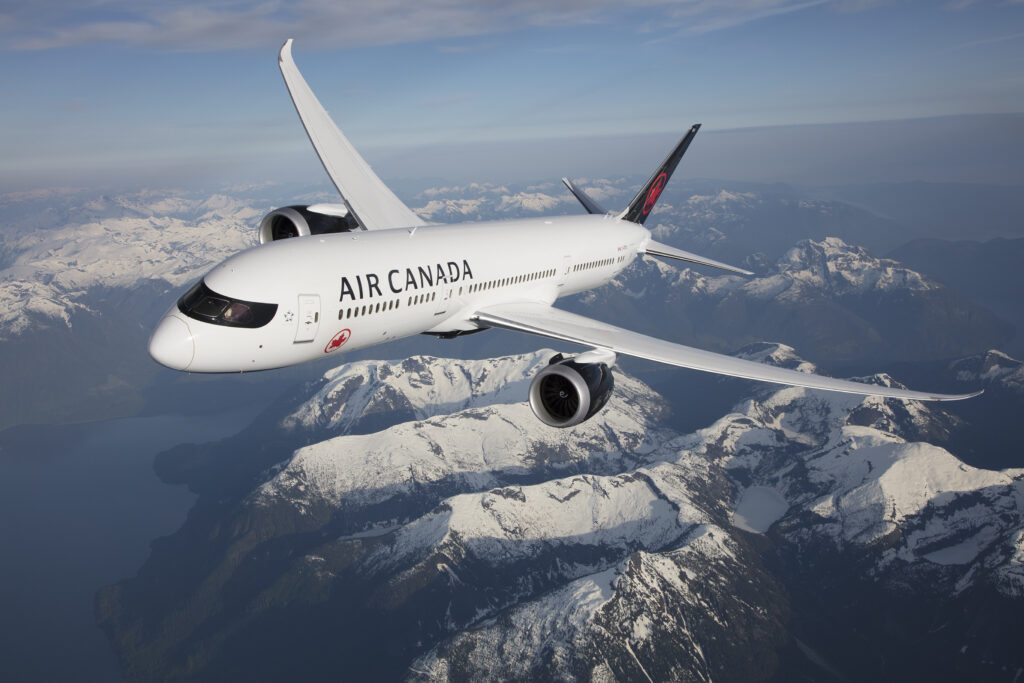Air Canada Introduces New Measures for Customers with Hidden Disabilities
We have good news for LGBTQ+ travelers with non-visible disabilities who choose to fly with Air Canada, the first airline in North America to adopt the Hidden Disabilities Sunflower program to better serve customers with non-visible disabilities. In announcing the measure, the carrier also confirmed the first appointments to its new Customer Accessibility Advisory Committee, which will guide the carrier as it accelerates its three-year accessibility plan.
“Air Canada is the first airline in North America to adopt the Sunflower program, which will enable us to better assist and serve our customers with non-visible disabilities such as autism. Our customers make 1.3 million accessibility requests each year and this initiative further demonstrates our commitment to improve accessibility, which we are reinforcing through the creation of a Customer Accessibility Advisory Committee. Consisting of customers with disabilities from accessibility groups in Canada, the committee will contribute to heightened awareness and help us identify barriers and develop solutions,” said Tom Stevens, Vice President, Customer Experience and Operations Strategy for Air Canada.

The Hidden Disabilities Sunflower is a globally recognized program that employs the use of a discreet sunflower symbol to identify customers with non-visible disabilities. By choosing to wear the Sunflower lanyard, Air Canada customers can indicate to airline staff that they may require additional assistance, have specific needs, or simply require more time while traveling. In support of the program, Air Canada is training and building awareness amongst all customer-facing employees to recognize and respond appropriately to participating customers. The lanyard is available at check-in counters at Hidden Disability Sunflower member airports in Canada and on board all flights operated by Air Canada, Air Canada Rouge, and Air Canada Express.
“We are delighted for Air Canada to become the first airline in North America to officially launch the Hidden Disabilities Sunflower program. Air Canada and the Sunflower are aligned in our commitment to ensure that Sunflower wearers are recognized and receive the additional support, understanding, and kindness they need during their air travel journey,” said Paul White, Chief Executive Officer of the Hidden Disabilities Sunflower Scheme Ltd., a private company based in the UK that manages the global program.
Paul Rogers, a director on the board of Brain Injury Canada and a member of the Air Canada Customer Accessibility Advisory Committee, said: “It gives you great confidence, in that you know that you can be seen. It’s a very visual tool without me having or anyone having to explain and have that conversation. And it’s reassuring knowing that there’s somebody who’s got your back. Who’s there and can see what’s going on and help you out.”
Customer Accessibility Advisory Committee
Air Canada committed in its three-year Air Canada Accessibility Plan to establish an advisory group of customers with disabilities. The committee will provide input from the perspective of our customers with disabilities to help guide Air Canada’s path and vision in accessibility as part of its Elevating the Customer Experience program. The advisory group will initially have representatives from four Canadian accessibility groups, including Donna Jodhan, Barrier Free Canada; Paul Rogers, Brain Injury Canada; Isabelle Ducharme, Kéroul; and Joanne Smith, Spinal Cord Injury Canada.

Accelerated Accessibility Plan
In November 2023, Air Canada announced it was accelerating the Air Canada Accessibility Plan through a series of measures to remove barriers and improve the travel experience for its customers with disabilities. These included:
Boarding: Customers at the gate who request lift assistance will be consistently boarded first before all other customers and proactively seated at the front of the cabin they booked. Air Canada is investing significantly in new equipment at Canadian airports, such as lifts, to ensure that we can meet the expectations of our customers.
Storage of mobility aids: Mobility aids will be stored in the aircraft cabin when possible. When mobility aids are stored in the cargo hold, new systems are being put in place to track them in transit, including a process to confirm mobility aids are properly loaded before departure. Customers traveling within Canada are now able to track the journey of their mobility aid using the Air Canada app.
Training: Enhanced training will be supplied to improve all aspects of employee interactions with customers with disabilities, including understanding customer experiences in air travel. Air Canada’s approximately 10,000 airport employees will receive this training as part of a new annual, recurrent training program.
Responsibility: Air Canada has created the new senior position of Director, Customer Accessibility. The director will lead a team to manage the implementation of the company’s accessibility plan as well as provide a resource and common reference point for responsive management of disability issues.



